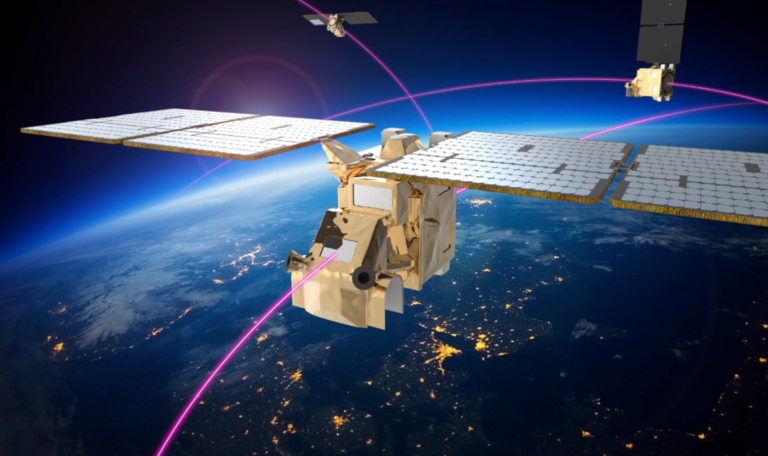The European Space Agency (ESA) has signed a €32m (US$38m) contract with Swedish space systems provider OHB Sweden to build a prototype satellite for the Arctic Weather Satellite mission.
The aim of the project is to gather satellite data on a more frequent basis for faster weather forecasting updates in the Arctic. The satellite will carry a 19-channel cross-track scanning microwave radiometer, providing high-resolution humidity and temperature soundings of the atmosphere in all weather conditions.
According to the ESA, the prototype will be the forerunner of a potential constellation of satellites that would supply an almost constant stream of temperature and humidity data from every location on Earth – allowing, for the first time, for very short-range weather forecasting in the Arctic.
Toni Tolker-Nielsen, ESA’s acting director of Earth Observation Programmes, said, “The Arctic Weather Satellite development contract demonstrates ESA’s continued commitment to the establishment of novel, state-of-the-art meteorological satellite systems, while showcasing what can be achieved with a cost-effective, New Space approach.”
In the future, ESA plans to develop the envisaged constellation in cooperation with EUMETSAT, along the same agreement that led to the implementation of the generations of Meteosat and MetOp satellites.
Phil Evans, director general of EUMETSAT, added, “EUMETSAT is committed to working with ESA to evaluate the Arctic Weather Satellite in-orbit data. In complement to the observations from our Second Generation of MetOp satellites, we would expect any future Arctic Weather Satellite system to have a positive impact on meteorological applications, from regional and global numerical weather prediction to nowcasting in the Arctic region, where it will bring important and missing observations.
“EUMETSAT and ESA will also work together in assessing the technical feasibility and cost of a future operational constellation of such Arctic Weather Satellites which, if agreed by our Member States, would be implemented by EUMETSAT,” he concluded.



